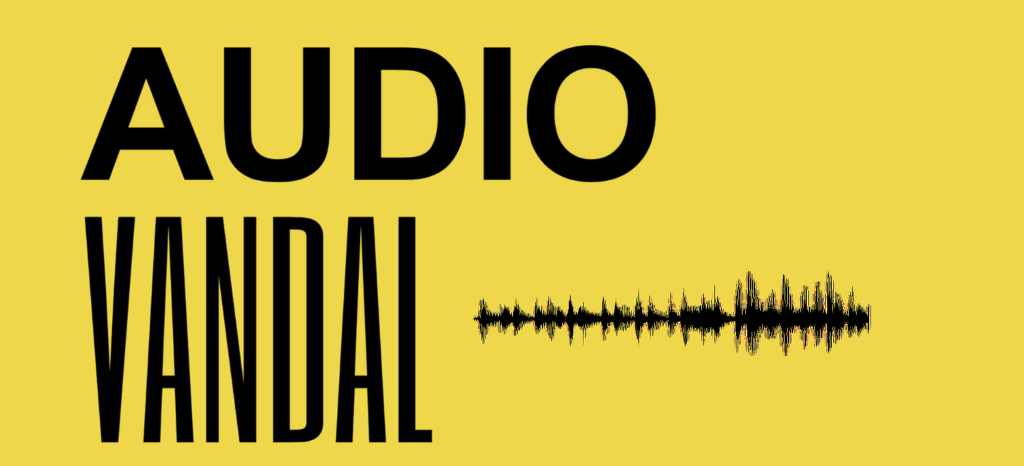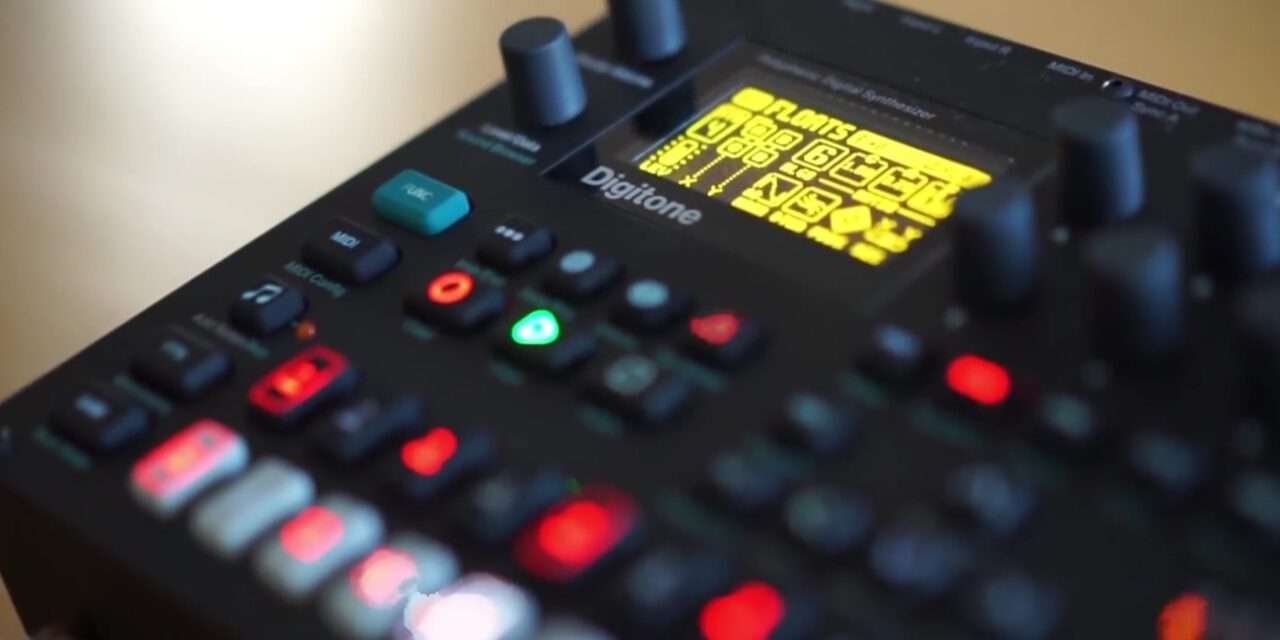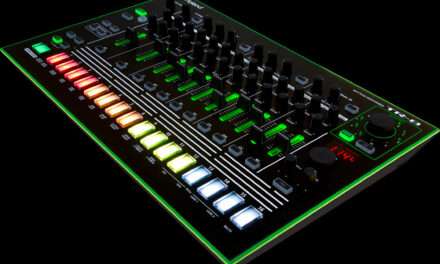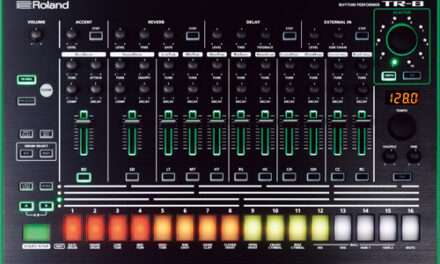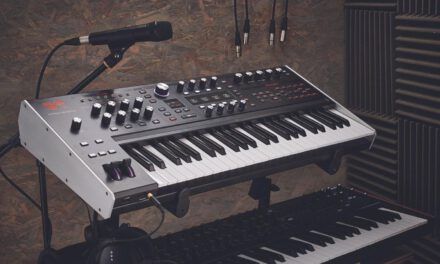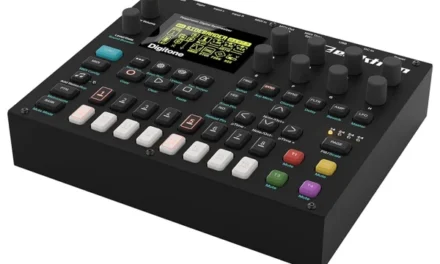In the world of electronic music production, few brands command as much respect as Elektron. Known for their innovative approach to music technology, Elektron has consistently pushed the boundaries of what’s possible with hardware synthesizers and grooveboxes. Among their impressive lineup, the Elektron Digitone stands out as a unique and powerful instrument that has captured the hearts of musicians and producers alike. But how did this iconic machine come to be? Let’s take a deep dive into the history of the Elektron Digitone.
The Birth of Elektron: A Foundation of Innovation
Before we explore the Digitone, it’s important to understand Elektron’s roots. Founded in 1998 in Sweden, Elektron began as a small company with a big vision: to create cutting-edge electronic music tools that combined intuitive design with deep functionality. Their early products, like the SidStation (a synthesizer built around the SID chip from the Commodore 64), set the tone for their commitment to unique sound design and hands-on control.
Over the years, Elektron became synonymous with grooveboxes and sequencers, thanks to devices like the Machinedrum and Monomachine. These instruments were celebrated for their ability to blend rhythm and melody in ways that felt both futuristic and deeply musical. By the time the Analog Four and Analog Rytm were released in the early 2010s, Elektron had firmly established itself as a leader in the world of hardware synthesis.
The Digital Revolution: Enter the Digitone
While Elektron had built its reputation on analog synthesis, the company began to explore digital synthesis in the mid-2010s. This shift culminated in the release of the Elektron Digitone in 2018, a sleek and versatile FM synthesizer that marked a new chapter in the company’s history.
The Digitone was part of Elektron’s “Digit” series, which also included the Digitakt sampler. Unlike the gritty, analog sound of their earlier machines, the Digitone embraced the clean, precise tones of frequency modulation (FM) synthesis. FM synthesis, popularized by iconic synths like the Yamaha DX7, is known for its ability to create complex, evolving sounds—from glassy bells and metallic pads to punchy basslines and percussive hits.
But the Digitone wasn’t just another FM synth. Elektron infused it with their signature workflow, combining powerful synthesis capabilities with a robust sequencer and performance-oriented features. This made the Digitone not just a sound design tool, but a complete music production hub.
What Makes the Digitone Special?
The Digitone’s appeal lies in its perfect balance of simplicity and depth. Here are some of the key features that set it apart:
- FM Synthesis Made Accessible
FM synthesis can be notoriously difficult to program, but Elektron simplified the process with an intuitive interface. The Digitone’s four-track, eight-voice engine allows users to sculpt sounds with ease, thanks to its clear layout and visual feedback. - Elektron’s Legendary Sequencer
The Digitone inherits Elektron’s renowned sequencer, which offers parameter locks, conditional triggers, and micro-timing. This allows for intricate, evolving patterns that bring static sequences to life. - Hybrid Capabilities
While the Digitone is primarily a digital synth, it also includes analog filters and overdrive, adding warmth and grit to its otherwise pristine sound. - Portable and Performative
With its compact design and battery-powered option, the Digitone is perfect for live performances and on-the-go production. Its performance macros and real-time controls make it a joy to play. - Integration with Other Gear
The Digitone plays well with other Elektron devices and external gear, thanks to its MIDI and CV/Gate connectivity. This makes it a versatile centerpiece for any studio setup.
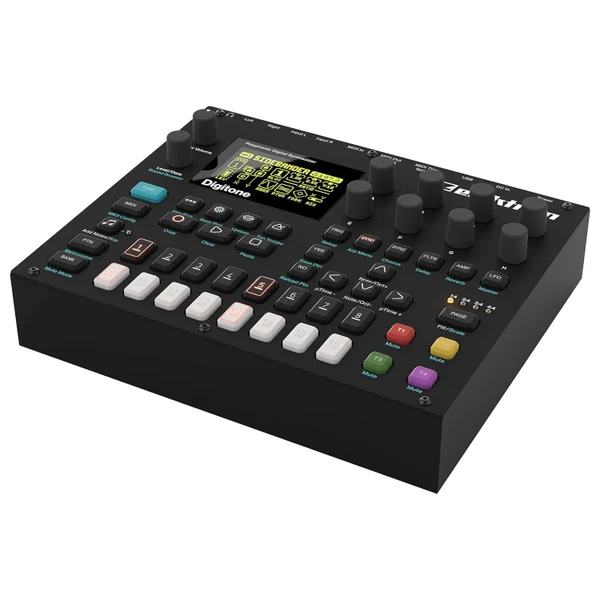
The Digitone’s Impact on Music Production
Since its release, the Digitone has become a staple in the studios of electronic musicians across genres. Its ability to create both lush, atmospheric textures and sharp, percussive sounds has made it a favorite for ambient producers, techno artists, and experimental musicians alike.
Artists like Richard Devine, Amon Tobin, and Rival Consoles have praised the Digitone for its versatility and sound quality. Its presence in live performances and studio recordings has solidified its status as a modern classic.
The Digitone Today: A Legacy of Innovation
In the years since its release, Elektron has continued to support the Digitone with firmware updates, adding new features and refining its functionality. The synth has also inspired a vibrant community of users who share tips, patches, and music online.
The Digitone’s success has also paved the way for other Elektron products, such as the Digitone Keys (a keyboard version of the Digitone) and the Syntakt (a hybrid synth/drum machine). These instruments build on the foundation laid by the Digitone, further cementing Elektron’s reputation as a pioneer in music technology.
Conclusion: A Timeless Instrument for the Modern Musician
The Elektron Digitone is more than just a synthesizer—it’s a testament to Elektron’s commitment to innovation and creativity. By combining the rich history of FM synthesis with their signature workflow, Elektron has created an instrument that is both timeless and forward-thinking.
Whether you’re a seasoned producer or a curious beginner, the Digitone offers endless possibilities for exploration and expression. It’s a reminder that in the world of electronic music, the future is always within reach—and Elektron is leading the way.
So, if you haven’t yet experienced the magic of the Digitone, now’s the time to dive in. Who knows what sounds you’ll discover?

